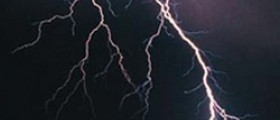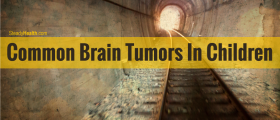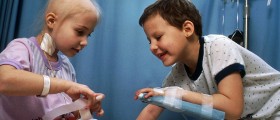
Epilepsy, a brain disorder characterized by multiple seizures with many characteristics, is a condition affecting both adults and children. Abnormal twitching of certain body parts, loss of consciousness as well as many other characteristics of the disorder develop as a consequence of inappropriate electrical activity in the brain.
Types of Seizures in Children
As for children, there are several different types of epileptic seizures. The child may suffer from absent seizures, tonic clonic seizures and partial seizures.
Absent seizures, also known as Petit mal seizures, are specific. Namely, the affected child stops with any activity he/she performs, his/her face becomes blank and he/she simply stares. The attack may go unnoticed. After approximately 30 seconds the child regains consciousness and continues with the activity he/she performed prior the attack.
Tonic clonic seizures affect the entire body. The child becomes rigid and usually falls down. If breathing is affected, the child may even become cyanotic. The attack last approximately 30 seconds and the body goes from being rigid to relaxed, states that frequently repeat. Such seizures are accompanied by loss of control over the bladder and bowel. There is usually loss of consciousness and a need to recuperate with plenty of sleep once the attack is over.
Finally, partial seizures may develop in different forms depending on the affected part of the brain. There is also noticeable change in child's behavior.
Causes of Epilepsy in Children
Epilepsy may be associated with different conditions and damage to the brain can occur before birth or after delivery. For instance, epilepsy may develop after severe head/brain injury. It can also occur as a complications of meningitis or encephalitis. In approximately 50% of all children the underlying cause cannot be identified.
Diagnosis and Treatment
The attack may be quick and as soon as it is over the child must be taken to a hospital. The doctor will take patient's history, perform certain tests and exams and confirm that the child had epileptic attack. It is essential to perform additional tests such as electroencephalography, CT scan of the head or MRI and diagnose the underlying cause as well as the type of seizures.
Treatment is prescribed only after a child suffers from repeated seizures and once the type of epileptic attacks is determined.
The doctor chooses the most convenient antiepileptic drug and he/she decides what is the optimal dose the child should take. Also, treatment adjustments may be necessary until the proper dose and drug succeed and bring the condition under control.
Apart from drugs some children may be prescribed the ketogenic diet, a diet consisting of high fat, average protein and low carbohydrates. Such diet may reduce seizures and together with drugs provide with better control of the disease.

















Your thoughts on this
Loading...